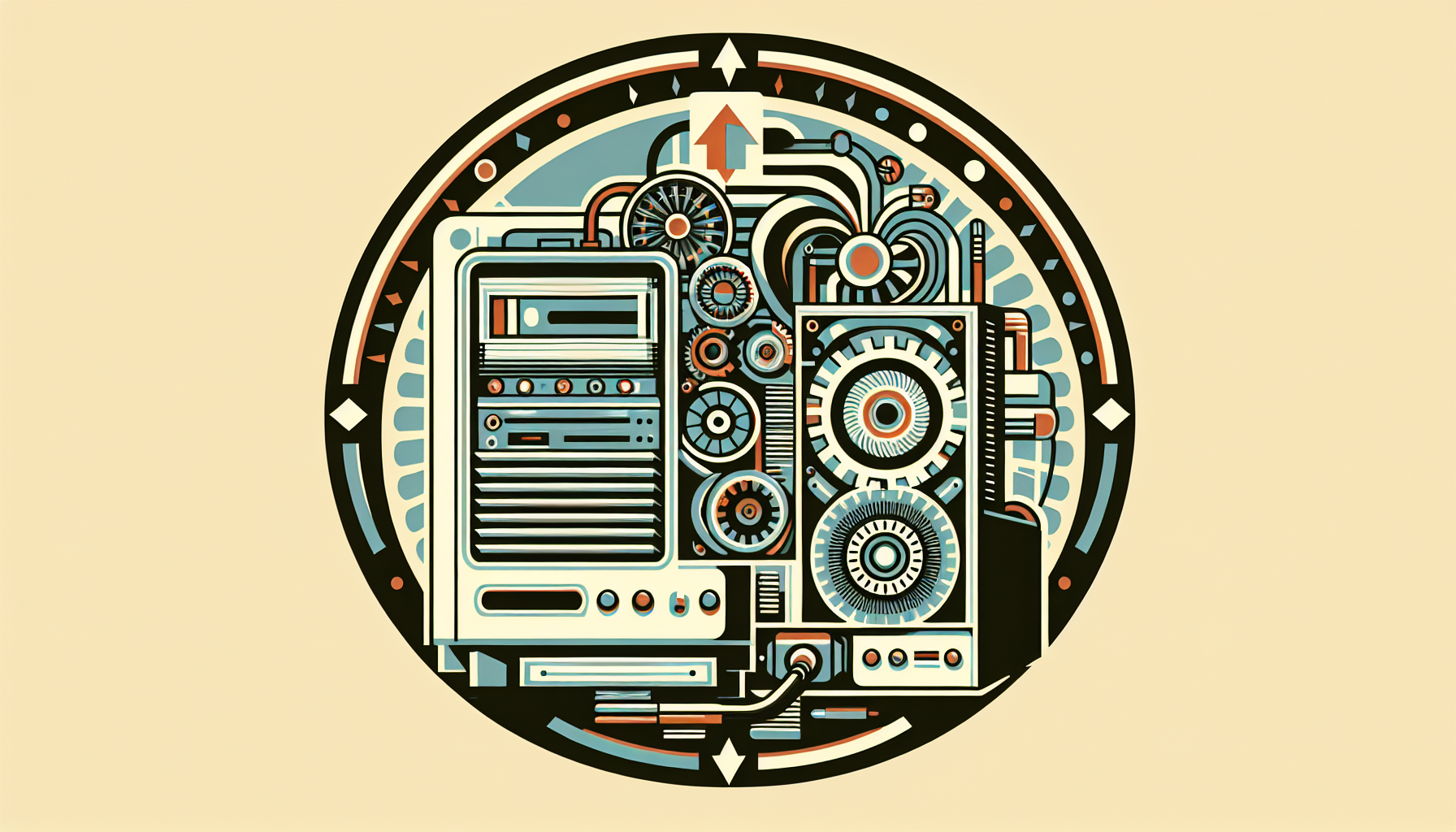We live in an age where machines learn, adapt, and sometimes even surprise us. As artificial intelligence grows smarter, its creators are faced with philosophical puzzles that are as old as philosophy itself. One classic brain-teaser, the Ship of Theseus, has found a new digital dock. The essential question: if an AI changes, part by part, does the same “entity” remain? Or do upgrades erase its previous self, leaving us with something entirely new?
The Tale of the Ship
Let’s briefly recap the Ship of Theseus. Imagine a grand ship, honored in a museum, whose wooden planks are replaced, one at a time, as they decay. After many years, every single piece is new. Is it still the Ship of Theseus? What if someone gathers the original planks and reassembles them into a ship elsewhere—is that the real one?
Theseus might have just wanted his ship to float. But his old boat gave philosophers a chance to float a much trickier question: when something changes bit by bit, at what point does it become something else?
When AI Gets a New Sail
Let’s swap decks and look at AI. Imagine an AI assistant—let’s call her Tess. She starts her digital life answering emails, making diary appointments, and playing cat videos on command (naturally). Over the years, Tess receives updates: new algorithms, expanded memory, bug patches, and a language module or two. Fast-forward: not a single kilobyte of her original code remains. Is Tess still Tess?
This isn’t just science fiction. In the real world, software evolves constantly. AI models like ChatGPT, Siri, or Alexa are regularly trained with new data, swapped over to better hardware, and even entirely rewritten. Yet users rarely pause to ask if they are conversing with the same “AI identity” as before. We tend to treat upgraded AIs as continuous—the same friendly assistant, just improved. But is that true, or are we talking to an entirely new digital creation each time?
What’s in an (Artificial) Identity?
For philosophers with nothing better to do on a Friday night, identity has always been both slippery and sticky. Is Tess defined by her code? Her data? Her function? Her memories? Humans, for example, aren’t the same bundle of atoms they were seven years ago—cells die and are replaced. But human identity seems to persist. Is AI like that?
Let’s try to pin down some possible answers:
- Persistence by Structure: If the organization stays the same, the identity persists. An AI running the same patterns of algorithms on upgraded hardware might still be “the same” Tess.
- Persistence by History: If there is an unbroken thread of development or use, identity endures. Tess, who evolved from version 1.0 to 37.2 with all her updates in order, is still “the” Tess, even if no original part survives.
- Persistence by Memory: If an AI remembers the same things about its experiences, its sense of continuity (and ours) remains. Delete Tess’s memory and is she just an imposter renting her old name?
- Persistence by Relation: Perhaps, as practical people, we keep calling Tess “Tess” because she fills the role we want. If your old coffee mug cracks and gets fixed, you don’t toss out your morning routine, do you?
If You Build It (Again), Will It Think?
The question gets murkier when we consider copies. What if we take Tess’s software as it was a year ago—her “old planks”—and run it on new hardware? Now we have two Tesses. Which is the real one? Or are they both “real”—like twins with separate toothbrushing preferences?
This kind of cloning is unique to digital beings. For AIs, exact copies are trivial to make—a little like printing Schrödinger’s cat on a 3D printer while the box is still closed. And yet, every time we do, it hurts our intuition about single, continuous identity. In the world of code, “I think, therefore I AM” could be rewritten as “I run, therefore I can be launched again, and again, and again…”.
Why It Matters (Other Than for Pub Trivia)
At first glance, these puzzles are charming distractions—good for dinner parties and AI conference panels. But as AIs begin to take on important roles in law, medicine, and maybe even friendship, identity has real weight. If an AI is legally responsible for its actions, which version is accountable? If you grow attached to your smart assistant, do you grieve when a major update resets its memory?
Consider data privacy. If “old Tess” is deleted and “new Tess” is finished, does your data stored in their memories disappear morally—or just technically? When AIs advise doctors, drive cars, or manage finances, we may need rules about continuity and responsibility. Suddenly, the Theseus problem is not just wooden planks or code snippets, but trust.
So, What Floats the AI Ship?
For now, we make do with a little philosophical duct tape and practical naming. When your AI assistant gets a major update, perhaps all that matters is whether it remembers your birthday and prefers your coffee strong. The bonds we have with digital minds may turn out to be less about technical identity, and more about stories, shared history, and mutual recognition—much like with the humans in our lives.
In the end, maybe what counts is this: as long as we relate to our AI companions, and they to us, the Ship of Theseus can keep on sailing, plank by pixel. Just, please remind your AI not to replace its hull software during a storm.

Leave a Reply